2,3,4,6-TETRACHLOROPHENOL

2,3,4,6-TETRACHLOROPHENOL structure
|
Common Name | 2,3,4,6-TETRACHLOROPHENOL | ||
|---|---|---|---|---|
| CAS Number | 58-90-2 | Molecular Weight | 231.891 | |
| Density | 1.7±0.1 g/cm3 | Boiling Point | 267.7±35.0 °C at 760 mmHg | |
| Molecular Formula | C6H2Cl4O | Melting Point | 63-66°C | |
| MSDS | Chinese USA | Flash Point | 115.7±25.9 °C | |
| Symbol |


GHS06, GHS09 |
Signal Word | Danger | |
| Name | 2,3,4,6-Tetrachlorophenol |
|---|---|
| Synonym | More Synonyms |
| Density | 1.7±0.1 g/cm3 |
|---|---|
| Boiling Point | 267.7±35.0 °C at 760 mmHg |
| Melting Point | 63-66°C |
| Molecular Formula | C6H2Cl4O |
| Molecular Weight | 231.891 |
| Flash Point | 115.7±25.9 °C |
| Exact Mass | 229.885971 |
| PSA | 20.23000 |
| LogP | 4.17 |
| Vapour Pressure | 0.0±0.6 mmHg at 25°C |
| Index of Refraction | 1.621 |
| Stability | Stable. Probably non-flammable. |
CHEMICAL IDENTIFICATION
HEALTH HAZARD DATAACUTE TOXICITY DATA
MUTATION DATA
|
| Symbol |


GHS06, GHS09 |
|---|---|
| Signal Word | Danger |
| Hazard Statements | H301 + H311-H315-H319-H410 |
| Precautionary Statements | P273-P280-P301 + P310 + P330-P302 + P352 + P312-P305 + P351 + P338-P501 |
| Personal Protective Equipment | Eyeshields;Faceshields;Gloves;type P2 (EN 143) respirator cartridges |
| Hazard Codes | T,N,F |
| Risk Phrases | R25;R36/38;R50/53 |
| Safety Phrases | S26-S28-S37-S45-S60-S61-S36/37-S16-S7 |
| RIDADR | 2020 |
| RTECS | SM9275000 |
| Packaging Group | III |
| Hazard Class | 6.1(b) |
| Precursor 10 | |
|---|---|
| DownStream 10 | |
|
PCDD/F formation from chlorophenols by lignin and manganese peroxidases.
Chemosphere 110 , 129-35, (2014) Polychlorinated dibenzo-p-dioxins and polychlorinated dibenzofurans (PCDD/F) formation was studied, in vitro, with two different chlorophenol mixtures (group "di+tri" 2,4-dichlorophenol; 2,3,4-, 2,3,5... |
|
|
Comparison of stir bar sorptive extraction and solid-phase microextraction to determine halophenols and haloanisoles by gas chromatography-ion trap tandem mass spectrometry.
Talanta 75(3) , 753-9, (2008) Solid-phase microextraction by immersion (IS-SPME) and headspace mode (HS-SPME), together with stir bar sorptive extraction (SBSE), have been assayed in combination with gas chromatography-ion trap ta... |
|
|
In situ polychlorophenol bioremediation potential of the indigenous bacterial community of boreal groundwater.
Water Res. 35(10) , 2496-504, (2001) The composition and chlorophenol-degrading potential of groundwater bacterial community in a permanently cold, oxygen-deficient chlorophenol contaminated aquifer at Kärkölä, Finland was studied with t... |
| EINECS 200-402-8 |
| MFCD00019979 |
| 2,3,4,6-TETRACHLOROPHENOL |
| Phenol, 2,3,4,6-tetrachloro- |
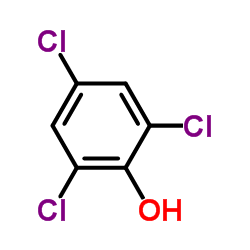 CAS#:88-06-2
CAS#:88-06-2 CAS#:108-95-2
CAS#:108-95-2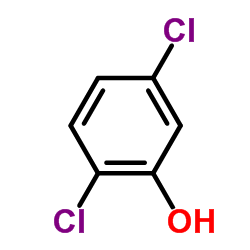 CAS#:583-78-8
CAS#:583-78-8 CAS#:40932-60-3
CAS#:40932-60-3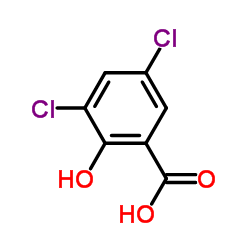 CAS#:320-72-9
CAS#:320-72-9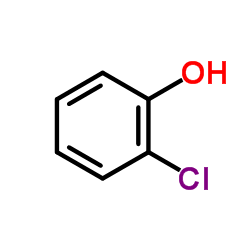 CAS#:95-57-8
CAS#:95-57-8 CAS#:87-86-5
CAS#:87-86-5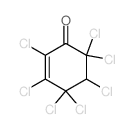 CAS#:7462-04-6
CAS#:7462-04-6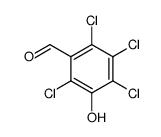 CAS#:704892-44-4
CAS#:704892-44-4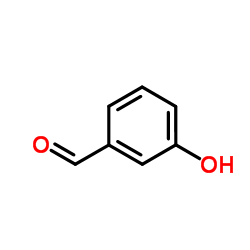 CAS#:100-83-4
CAS#:100-83-4![1,2,3,4,6,7,8,9-Octachlorodibenzo[b,d]furan structure](https://image.chemsrc.com/caspic/039/39001-02-0.png) CAS#:39001-02-0
CAS#:39001-02-0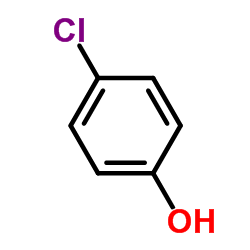 CAS#:106-48-9
CAS#:106-48-9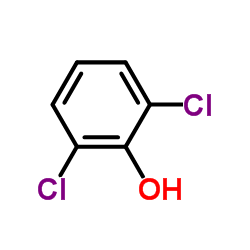 CAS#:87-65-0
CAS#:87-65-0 CAS#:95-95-4
CAS#:95-95-4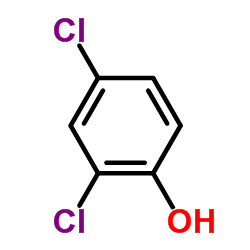 CAS#:120-83-2
CAS#:120-83-2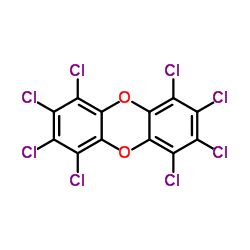 CAS#:3268-87-9
CAS#:3268-87-9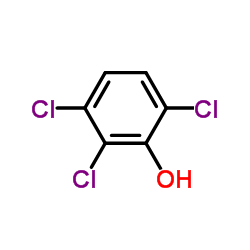 CAS#:933-75-5
CAS#:933-75-5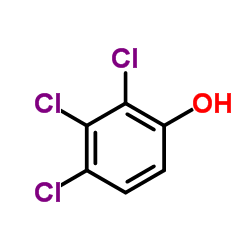 CAS#:15950-66-0
CAS#:15950-66-0
